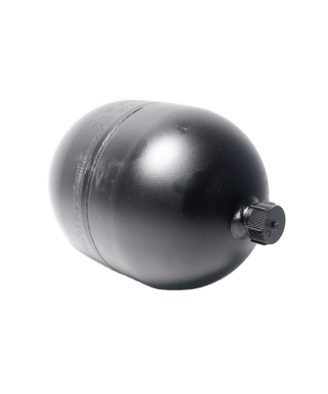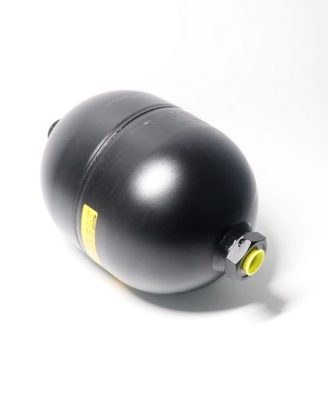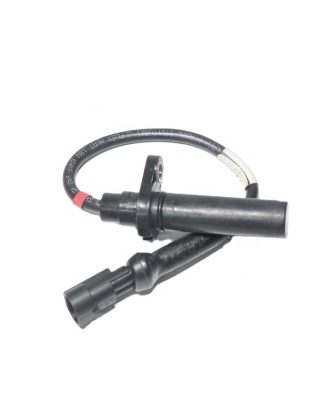- Premium accumulators engineered for forklifts and reach stackers deliver leak-resistant performance in extreme conditions, with OEM-compatible designs for CAT, Hyster, and Kalmar equipment.
- Choose from nitrogen-charged hydraulic accumulators, bladder models, and piston-type units – all rigorously tested to reduce pump wear by 40% (DOE Hydraulic Studies).
- Corrosion-resistant builds and compact configurations optimize space-constrained installations while meeting ASME Boiler & Pressure Vessel Code standards.
- Global shipments in 72hrs with technical support for system retrofits or emergency replacements.
Showing the single result
End of content
End of content
Accumulators are essential components in forklift and reach stacker hydraulic systems, acting as energy storage devices to maintain consistent pressure and absorb shocks. At [ZHENKE], we specialize in durable, high-performance solutions tailored for material handling equipment.
Core Advantages
- Precision Engineering: ISO 9001-certified units compatible with Kalmar, SANY, and Konecranes systems.
- Lifespan Extension: Reduces pump/valve stress by stabilizing pressure fluctuations – up to 30% lower maintenance costs.
- Multi-Configuration Options: Bladder/piston/diaphragm models (0.1L-50L) with 5,000 PSI ratings.
- Safety Compliance: CE/PED-certified with integrated pressure relief valves.
Operational Solutions
- Container Handling: Nitrogen-charged bladder accumulators for Konecranes reach stackers achieve 50ms response times.
- Extreme Environments: High-temp variants (250°F) for foundries; -40°F models for Ottawa cold-storage forklifts.
- Oil Resistance: Polyurethane seals prevent degradation in Deutz hydraulic systems.
Value-Added Services
- Free sizing calculations and pre-charge optimization via our engineering team
- 95% recyclable construction with rebuild kits extending service life by 2-3 cycles
- Real-time compatibility checks using interactive equipment matrices
Complies with U.S. Occupational Safety and Health Administration (OSHA) standards for hydraulic safety (29 CFR 1910.178) and NIOSH energy storage guidelines.


 For KALMAR DRF 400-450 TE32 Sensor 4209751/923855.1821 Stacker Crane Reach Stacker Parts Accessories
For KALMAR DRF 400-450 TE32 Sensor 4209751/923855.1821 Stacker Crane Reach Stacker Parts Accessories